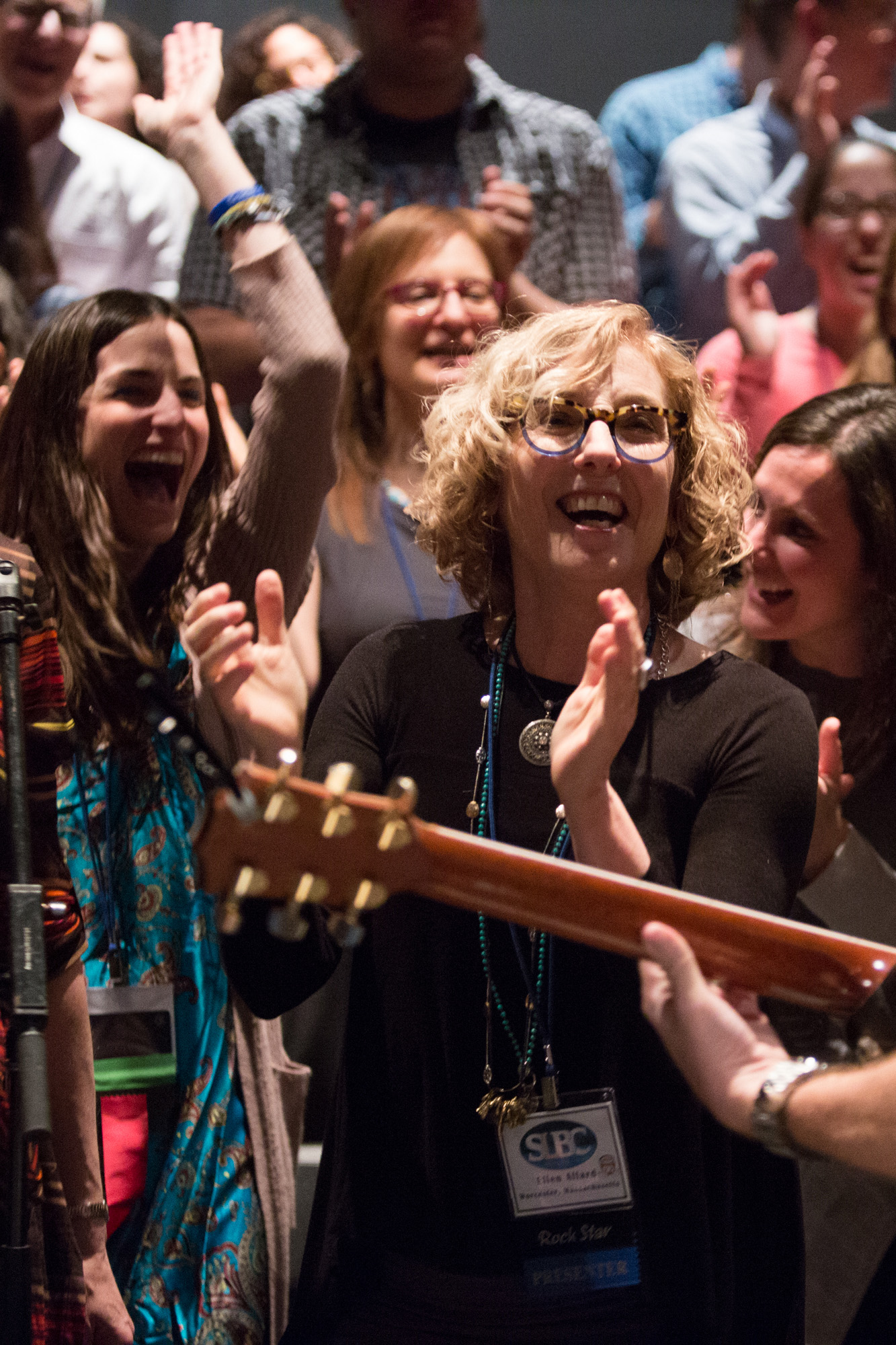Monthly Archives: February 2018
-
28 FebEducators can now add their own musical content to Hebrew in Harmony Digital and share with their students. A new “customize” option allows you to upload audio recordings or video into the app.Read more »
-
23 FebRead more »
-
21 FebTrain students to read artwork in a slow, layered way that develops intellectual depth and visual literacy.Read more »
-
21 FebRead more »
As a longtime educator, Sandy Newman knows that kids love having opportunities for free expression.
“We don’t do it often enough,” she says. “And yet, research shows that having a creative outlet is important to their development.”
With her pre-b’nai mitzvah students this fall at Congregation Beth Israel in Scottsdale, Arizona, Newman – who is also a national school leadership trainer and a retired high school and middle school principal in Philadelphia—provided that outlet in the form of Make This Journal: My Bar/Mat Mitzvah Year.
Pre-teens can open to any page and pick from a wide variety of funny, thought-provoking, and clever prompts that encourage them to draw, write, and create. Some of the prompts relate to their b’nai mitzvah preparations, and others take a snapshot of their lives.
Some sample pro
-
14 FebRead more »
What do the words “slavery” and “freedom” mean to you? What does slavery and freedom look like? Make, Create, Celebrate! uses art as a way to explore the meaning of the holiday and help students connect with its underlying values in a personal way.
-
14 FebRead more »
A well-known New York chef recently embarked on a mission to explore why some matzah—at least in his opinion—tastes better than others. He had enjoyed shmura matzah, which means "guarded” or “watched,” and in tracing the matzah back from the bakery to the field where the wheat grew, found a new appreciation for the entire matzah-making process.
Guarding against chametz begins with the grain, from harvest through to milling. Rabbinic scrutiny ensures that the wheat ripens in the field without use of mechanical driers or chemicals, and is harvested at the ideal moment when moisture content is between 13 and 15 percent.
"The requirement for close inspections means I’m observing things that would otherwise go unnoticed,” said Klaas Martens, a grain farmer, in the New York Times story. “I apply it to other crops, not with the same vigilance but with … I don’t want to sound corny, but it’s mindfulness. Mindfulness is a part of al
-
7 FebRead more »
Bring Passover into the classroom with the help of How It’s Made: Matzah. This 32-page picture book from the How It’s Made series introduces Passover to young students through beautiful color photographs, useful and accessible information, delicious recipes, and simple crafts that can be done in the classroom or with a parent at home. Learn why we eat matzah, how matzah is baked, and how the matzah-making process has changed over the years.
Enjoy the sample resources with your students or at home with your loved ones. How It’s Made: Matzah can be purchased from Amazon and Barnes and Noble. Contact us today at customersupport@behrmanhouse.com to discuss quantity discounts for congregational events
-
7 FebWatch an overview of Hebrew in Harmony Digital, and try it - FREE - with the Sh'ma prayer.Read more »
-
1 FebRead more »
Each core level contains 27 complete one-hour classroom lessons in Torah, Avodah and G'milut Chasdadim, plus family education lessons. The CHAI lessons follow a curriculum model known as "backward design," as outlined in the book Understanding by Design (UbD) by Wiggins and McTighe and published by the

